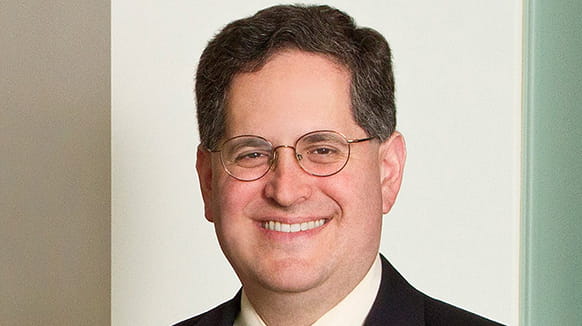In an article for IPWatchdog, Haynes Boone Partner Jeffrey Wolfson and Associates Dirk Bernhardt and Brett Bostrom discuss the Federal Circuit’s ruling in Google LLC v. Sonos, Inc. and how it clarifies the defense’s viability while narrowing its practical reach.
Read an excerpt below.
The U.S. Court of Appeals for the Federal Circuit issued its long-awaited decision in Google LLC v. Sonos, Inc. on August 28, 2025, providing guidance on the doctrine of prosecution laches. As the first Federal Circuit decision on prosecution laches for a patent issued after 1995—when patent terms changed from 17-years-from issuance to 20-years-from filing—some suspected the Federal Circuit might definitively end the prosecution laches doctrine. Although prosecution laches remains a valid equitable defense, the Federal Circuit placed significant limitations on its applicability.
Prosecution laches developed as a judicially created doctrine intended to prevent egregious delays in prosecution at a time when prosecution could, in theory, extend indefinitely. To assert prosecution laches as a defense, an accused infringer must prove: (1) “unreasonable and unexplained delay in prosecution that constitutes an egregious misuse of the statutory patent system under the totality of the circumstances” and (2) “prejudice attributable to the delay.” Cancer Rsch. Tech. Ltd. v. Barr Lab’ys, Inc., 625 F.3d 724, 728-29 (Fed. Cir. 2010) (internal quotation marks and citation omitted). Much of the case law up to this point has focused on the “unreasonable and unexplained delay” part of the test. But the Federal Circuit’s decision instead focused on the question of “prejudice.” Google, 2025 WL 2473258, at *6. The court found that an accused infringer cannot claim to be prejudiced by prosecution delays if the relied-upon subject matter supporting the asserted claims was published before the accused infringer began its work and investments in the accused technology. While the non-precedential decision is sweeping and blunt in the context of the specific facts of the case, it leaves several questions as to which circumstances would give rise to a viable prosecution laches defense.
Publication and Prejudice
The Federal Circuit’s decision hinges on the fact that Google’s investment in the accused technology allegedly began sometime in 2014 or 2015, after the 2013 publication date of the earliest patent application in the asserted patent’s family. Id. at *7. Although the asserted claims were actually filed after Google’s alleged intervening rights, the Federal Circuit determined that Google could not be prejudiced by the later continuation patents because it knew about the patent family and what subject matter might be claimed in the future. Id.
Read the full IPWatchdog article here.


